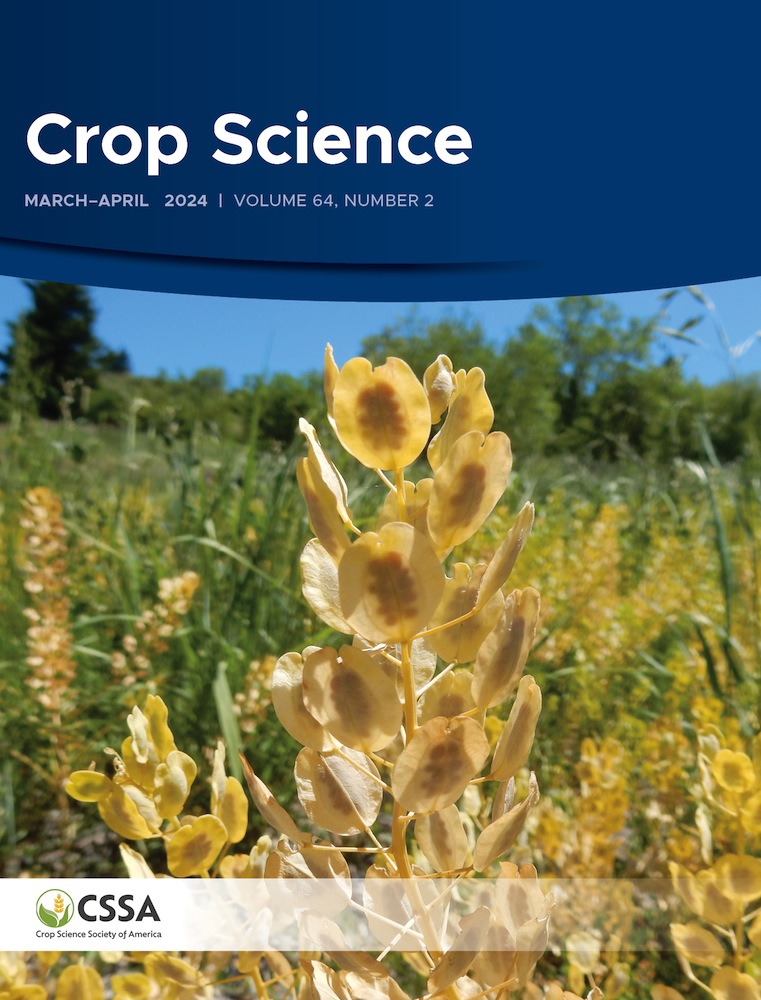Analysis of factors influencing market participation among orange-fleshed sweet potato smallholder farmers in southern region of Malawi: A case of RTC project
Abstract
Agricultural markets remain major issue downgrading root and tuber crop farmers who form the mainstream of the agricultural producers in Malawi. Recent evidence however reveals that orange-fleshed sweet potato (OFSP) (Ipomea batatas) is currently being sold in produce markets along with the non-orange varieties, sometimes in differentiated form in Malawi. The main objective of this study was to examine factors affecting market participation of sweet potato farmers in southern region of Malawi. Using a double-hurdle model, this paper analyzed both the factors affecting farmer decision to participate and the extent/intensity of participation in market. The first tier of the double hurdle focused on decision to participate in the market using probit model and the second tier addressed factors affecting intensity of participation using truncated normal regression model. The paper used data collected from 360 farmers in southern districts of Malawi. Out of 360, 146 farmers had grown OFSP in the season preceding the survey. Double hurdle results indicate that farm size, output, age of a farmer (household head), and early maturing trait significantly determined decision to participate in the market. Further, results on intensity of participation indicate that access to market training, farm size, asset value, and output positively determined the intensity and negatively determined by distance to main market and gender of a farmer (household head). Based on the research findings, higher output levels and early maturing trait were found to increase smallholder farmer market participation. It is therefore recommended that strategies aimed at increasing household capacity to produce surplus produce through market tailored extension messages and productivity enhancement technologies could be highly effective in fostering smallholders' participation in commercial markets. Again, enhanced capacity building of research institutions to breed sweet potato varieties based on market demand is pivotal for increased market participation. Furthermore, research suggests that improving smallholder farmers' access to market price information, asset value, and farm size can help increase their intensity in the market. Therefore, it is critical for policymakers to holistically comprehend these socioeconomic factors in order to address the issue of smallholder farm households' decisions about market participation and the degree to which they participate.

